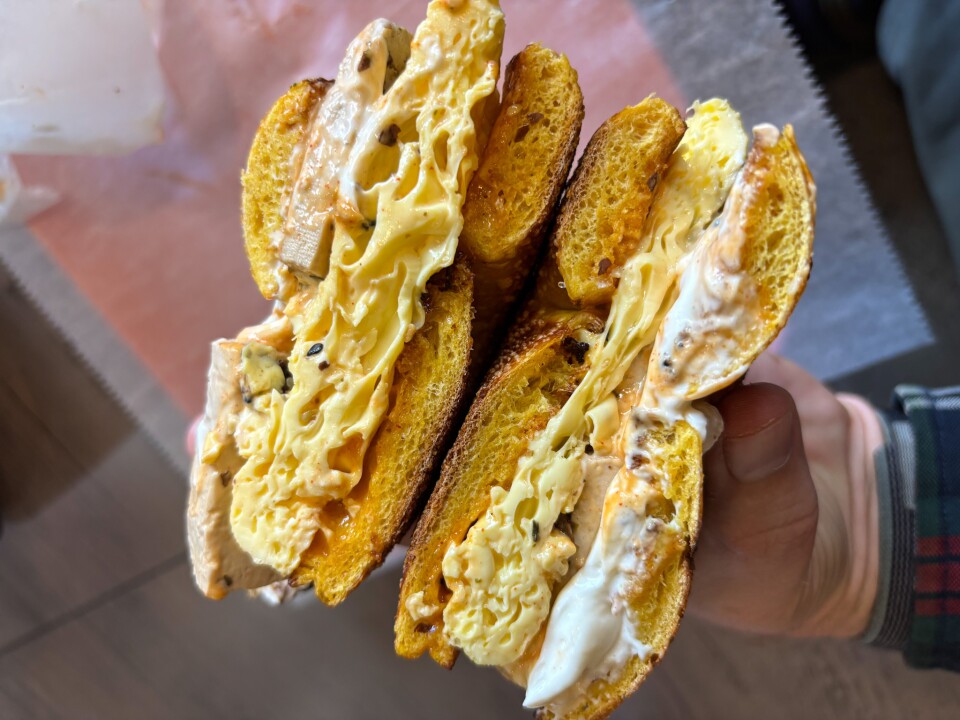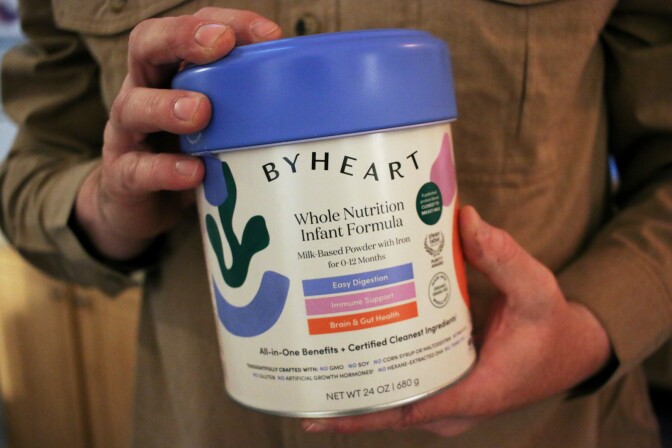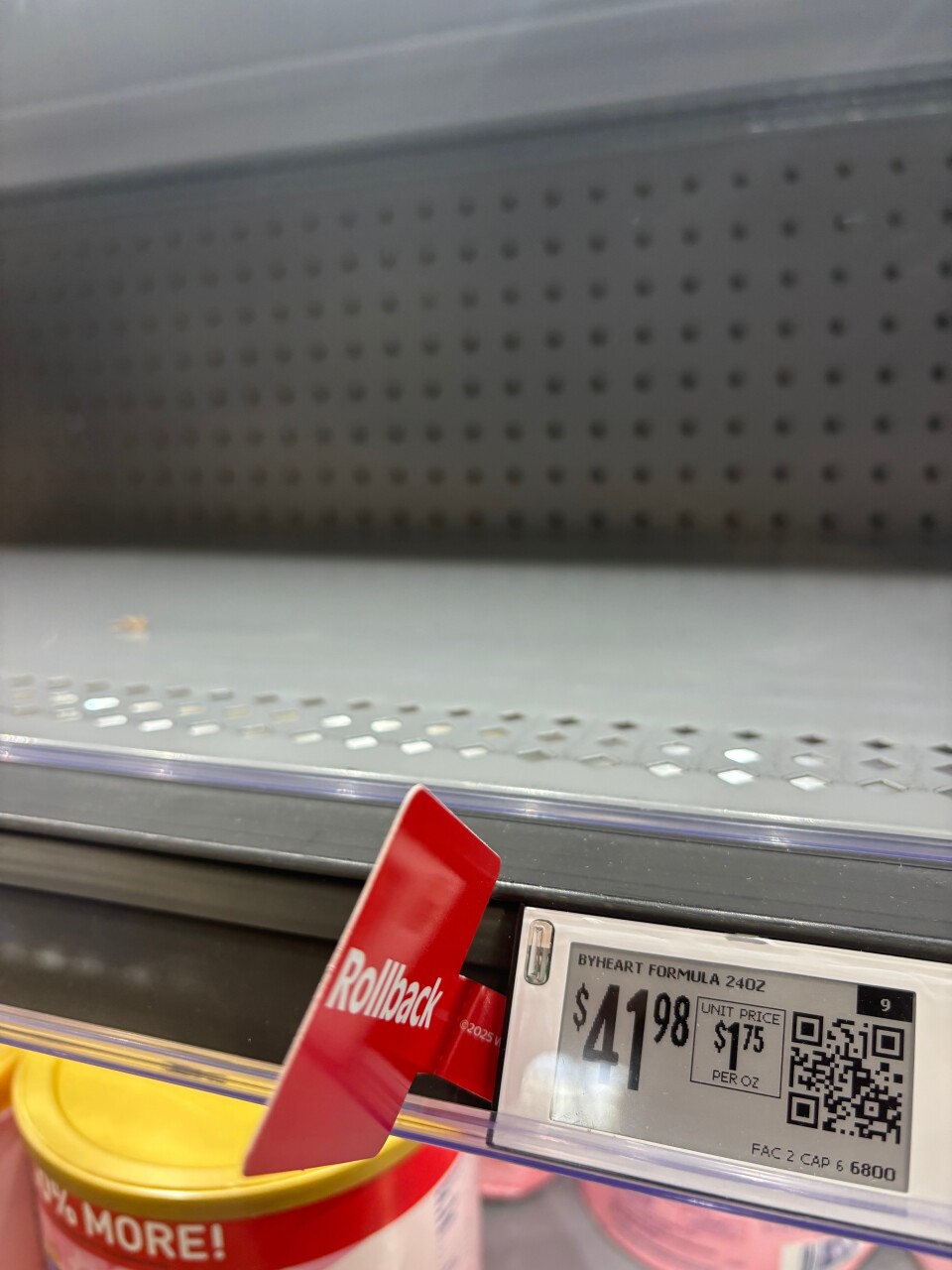The Scattergood Generating Station in Los Angeles is an oceanfront natural-gas-burning relic that sits on the uncertain brink of a clean-energy showdown.
On Tuesday, the Los Angeles Board of Water and Power Commissioners will decide whether to advance a plan to shift the plant to futuristic hydrogen-ready turbines. The $800-million-plus retrofit is an anchor in California’s effort to boost hydrogen, a potentially clean fuel that for now remains costly, water-intensive and rarely produced without oil and gas.
But California’s high hopes for hydrogen — and the state’s investments in it as a potential economic driver in the era of clean energy — are at a crossroads.
Earlier this month, the Trump administration canceled $1.2 billion in federal funding for California’s hydrogen hub, a public-private partnership to build a clean hydrogen economy and support projects like Scattergood. The move followed a decision earlier this summer to scale back federal tax credits nationally for hydrogen.
California says it’s pressing ahead with hydrogen projects including Scattergood, with or without federal support.
“The state remains committed to developing a renewable hydrogen ecosystem,” said Willie Rudman, a spokesman for the Governor's Office of Business and Economic Development, or GO-Biz, which led the creation of the hydrogen partnership. Clean hydrogen, Rudman added, “holds incredible potential as California continues its transition from fossil fuels to renewable energy.”
Critics say that optimism ignores real costs and trade-offs.
A bold investment, an uncertain climate
California politicians have chased hydrogen for decades, seeking environmental and economic benefits. In 2004, Gov. Arnold Schwarzenegger famously rolled out a hydrogen-powered Hummer and ordered a “Hydrogen Highway” of fueling stations.
The state’s most recent bid – an ambitious hydrogen hub – has been its boldest investment yet.
In 2022, Gov. Gavin Newsom launched the Alliance for Renewable Clean Hydrogen Energy Systems, or ARCHES — a partnership led by GO-Biz, the University of California, and the State Building and Construction Trades Council. It now counts more than four hundred public- and private-sector partners, including Chevron and other energy companies.
Most hydrogen today comes from natural gas — a carbon-intensive process that undercuts its climate appeal. Over time, ARCHES hopes to help industry swap that process for “green” hydrogen made by splitting water with renewable power, an expensive and elusive process.
Newsom has embraced hydrogen as both climate and economic policy.
“Scaling this in California isn't just about addressing the climate crisis — it's also about creating hundreds of thousands of jobs,” Newsom wrote in August 2023. He directed his administration to develop an “all-of-government Hydrogen Market Development Strategy,” similar to what California had done for electric cars.
ARCHES won up to $1.2 billion in federal funding from the Department of Energy as part of a $12.6 billion total statewide hydrogen hub. The award positioned California at the center of the nation’s ambitions for clean hydrogen — until the Trump administration abruptly withdrew funding Oct. 1.
Newsom blasted the move as political and “common sense be damned.” While California lost its funding, several hydrogen hubs in Republican-led states kept theirs. California has appealed the decision.
State Sen. Anna Caballero, a Democrat from Merced who authored a law speeding approval of hydrogen projects last year, said she expects talks next session on using cap-and-trade funds to keep the hydrogen hub alive. Private and international investors, she added, remain interested in California’s market.
“People in my district are asking for good jobs as we make this transition — and they’re looking for clean air — and hydrogen has the capacity to do all of the above,” Caballero said. “We have the opportunity, and I’d like to see us explore it.”
Not everyone was disappointed by the loss of the California funding. Some environmental groups, concerned about encouraging fossil fuels and the potential for explosions, welcomed the federal cancellation. Nevertheless, Los Angeles is pressing ahead with Scattergood — one of several projects that were part of the original statewide hydrogen push.
Why LA is betting on hydrogen
Until a few weeks ago, ARCHES, the state’s hydrogen hub, was expected to contribute at least $100 million to the Scattergood retrofit.
“Our understanding is that the federal dollars are not coming in,” said Jason Rondou, assistant general manager of power planning and operations for the Los Angeles Department of Water and Power. “We don't know yet if there will be another mechanism to make up that $100 million.”
Still, the largest municipal utility in the country is seeking approval from its board for the Scattergood conversion, calling it a step toward the city’s goal of fossil-free power by 2035 and the state’s similar goal, with a deadline a decade later.
Utility officials say the Scattergood upgrade is necessary because its aging gas turbines are inefficient, dirty and cooled with seawater — a process now banned under state policy because of its impact on marine life. The plan is to replace the old turbines with a new combined-cycle unit designed to burn a blend of hydrogen and natural gas.
The goal is to make Scattergood more of a “peaker” plant — one that can fire up and cycle down to match demand surges, rather than running around the clock. But environmentalists are concerned about a project that runs on “green” hydrogen when it isn’t readily available at scale. The retrofit would keep the plant running on natural gas, with LADWP reserving the option to blend in as much as 30% hydrogen if the fuel becomes available and affordable.
“You're spending a lot of money on a technology that doesn't currently exist,” said Julia Dowell, a Long Beach-based organizer with the Sierra Club, who’s led opposition to the Scattergood plan. “We don't really know when it will come to fruition — if at all.”
For now, this is a natural gas plant, said Dan Esposito, a hydrogen expert with the clean energy think tank Energy Innovation. “In a place with high local air pollution, in a place that has these high clean energy goals … should we be building a new gas plant if there are other clean technologies that we can invest in that we have more certainty will deliver on those clean energy targets? It’s a very tough question.”
In a recent analysis, the city’s ratepayer advocate said the financial setback “doesn’t close the door on clean hydrogen” but nevertheless raises questions about who ultimately pays for the project — and how the utility will balance its clean-energy goals with affordability.
The risks ahead
LA’s water and power commissioners are likely to approve Scattergood’s modernization on Tuesday. The vote won’t start construction, but it will clear the way for the city’s department of water and power to seek builders and finalize designs.
The decision also points up a tough question for California’s hydrogen strategy: without federal support, are public agencies investing scarce climate dollars in the right places?
Scattergood’s environmental review drew nearly 100 comments from residents, neighboring cities and advocacy groups.
The city of El Segundo warned that emissions and construction traffic could spill across its borders. Business groups backed the plan as a source of jobs and grid reliability. Meanwhile environmental groups warned of harms both locally and beyond.
Building even one major hydrogen project like Scattergood means committing to an entire network of pipelines, storage and supply.
“An investment in hydrogen comes with an opportunity cost,” said Alex Jasset, director of energy justice at Physicians for Social Responsibility Los Angeles, who opposes the project. “We're dumping a lot of our very limited resources for addressing the climate crisis into an inefficient, expensive option when we could be instead investing in cheaper, more scalable, more immediate benefits.”
Jasset said that the infrastructure for hydrogen projects will mostly be paid for by Californians – through taxes, utility bills, or state business fees. And if those projects fall short, they risk prolonging fossil-fuel infrastructure in neighborhoods already burdened by pollution.
Esposito, the analyst at Energy Innovation, says the Trump Administration’s cancellation of the hydrogen hub award, and the loss of federal credits, might offer a silver lining.
“There was so much money for hydrogen, and so much excitement, that we were frankly at risk of making a lot of bad decisions,” Esposito said. “There were all these proposals that were coming out that were not on solid financial ground — and needed these big subsidies — and then a lot of this money dried up overnight.”
As Los Angeles considers its major project, Esposito added, the state’s hydrogen boosters are getting something essential: a reality check. The challenge now is whether that clarity can guide smarter investments — and a more sustainable path forward.
This article was originally published on CalMatters and was republished under the Creative Commons Attribution-NonCommercial-NoDerivatives license.














